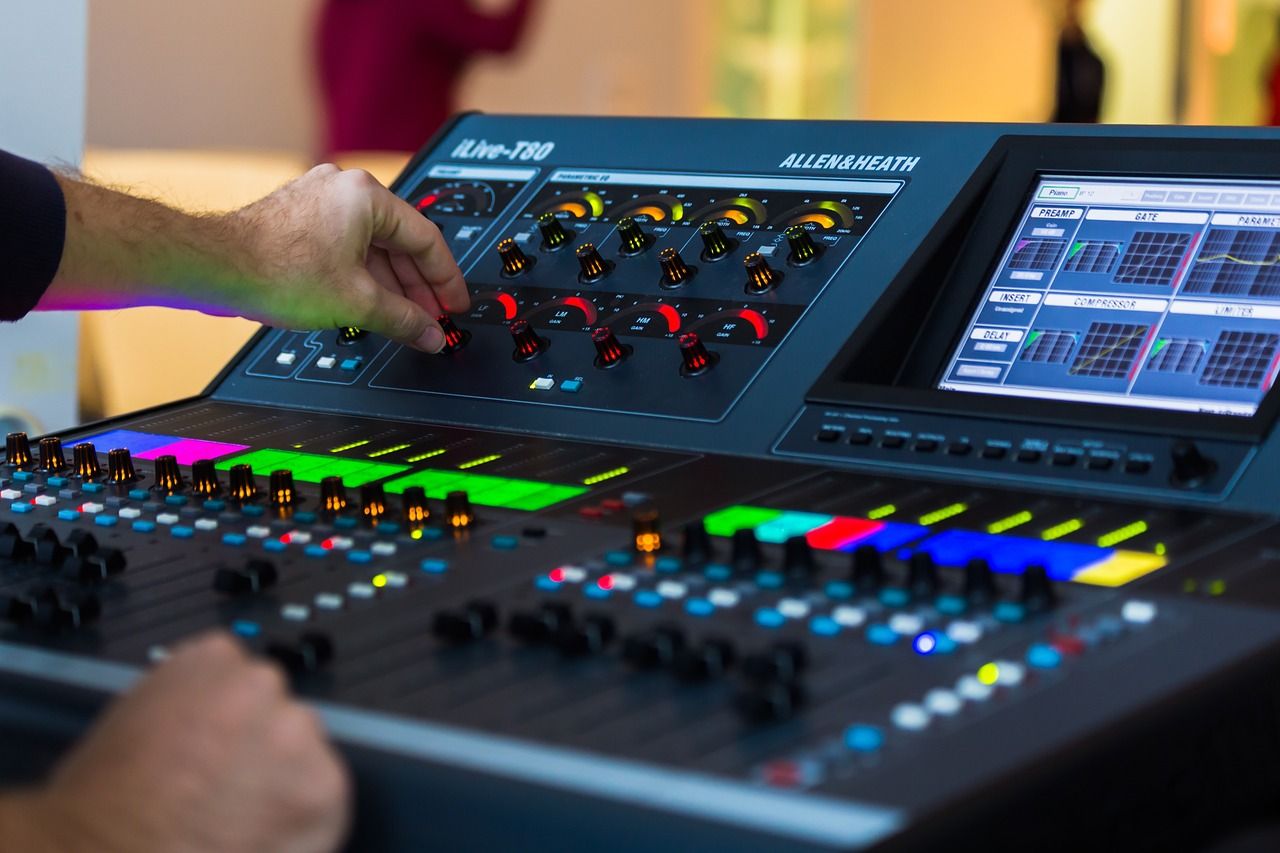Getting your music out into the world has never been easier, thanks to digital streaming platforms. But if you’re an independent artist, you might be wondering how to upload your song on all streaming platforms without a distributor. The good news is, it’s possible! And we’re here to guide you through the process step by step.
Understanding Music Distribution
Before we dive into the process, let’s quickly understand what music distribution is. A distributor acts as a middleman between you and platforms like Spotify, Apple Music, or Tidal. They handle the technicalities of uploading your music, metadata, and ensuring it’s available worldwide. But here’s the thing: you can take control of this process yourself without relying on a distributor.
So why might you want to skip a distributor? Perhaps you want more control over your music, avoid paying fees or commissions, or simply enjoy the learning experience. Whatever your reason, the direct approach can be empowering and cost-effective.
Step 1: Prepare Your Song
The first step is ensuring your song is ready to go. Take your time to polish your track—this means professional mixing and mastering. Remember, streaming platforms are highly competitive. High-quality audio can make your music stand out.
Additionally, ensure your song is in the correct file format. Most platforms require WAV files, as they’re lossless and provide the best sound quality. Aim for a bit depth of 16-bit and a sample rate of 44.1 kHz.
Step 2: Get Your Metadata Right
Metadata is essential for ensuring your music is properly listed on streaming platforms. This includes details like:
- Song title
- Artist name
- Album name (if applicable)
- Genre
- Release date
Pay special attention to spelling and accuracy. Errors in your metadata can delay your release or even cause issues with royalties later.
Step 3: Apply for an ISRC Code
An ISRC (International Standard Recording Code) is a unique identifier for your song. It’s like a digital fingerprint that helps platforms track plays and calculate royalties. You can get an ISRC code from a national ISRC agency, or some platforms let you generate one during the upload process. Having this ready beforehand ensures smoother uploads.
Step 4: Choose Platforms for Direct Upload
Not all streaming platforms allow direct uploads, but several major ones do. Here’s a quick list:
- SoundCloud: Perfect for independent artists, SoundCloud lets you upload directly and reach millions of listeners.
- Bandcamp: Ideal for selling your music and connecting directly with fans.
- YouTube Music: Upload your track as a video to reach audiences worldwide.
- Audiomack: A great choice for hip-hop and urban music artists.
These platforms don’t require a distributor, making them accessible for DIY artists.
Step 5: Upload Your Song
Now it’s time to upload your song! Here’s how to do it on a few popular platforms:
Uploading to SoundCloud
- Create a free SoundCloud account if you don’t already have one.
- Go to the upload page and select your song.
- Add metadata like the song title, genre, and description.
- Set your track to public or private.
- Hit upload and share the link with your audience.
Uploading to Bandcamp
- Sign up for a Bandcamp account.
- Go to your profile and select “Add New Album” or “Add New Track.”
- Upload your song and artwork.
- Add metadata and set a price (or let fans pay what they want).
- Publish your track.
Upload to YouTube Music
- Create a YouTube account.
- Turn your song into a video by adding a still image or animation.
- Upload the video to YouTube and tag it appropriately.
- Enable monetization if you’re eligible.
- Share the video link.
Step 6: Promote Your Music
Uploading your song is only half the battle. To make an impact, you need to promote it effectively. Share your track on social media, email it to your mailing list, and collaborate with other artists or influencers.
You can also submit your music to playlists or blogs that feature independent artists. The more you promote, the higher your chances of reaching new listeners.
Step 7: Monitor Your Performance
Keep track of your song’s performance using platform analytics. SoundCloud and Bandcamp provide basic stats for free, while YouTube’s analytics are detailed and comprehensive. Use this data to understand your audience and plan future releases.
Pros and Cons of Going Distributor-Free
Going solo has its advantages, but it’s not for everyone. Here’s a quick breakdown:
Pros:
- Full control over your music
- Save on distributor fees
- Learn the ins and outs of the music industry
Cons:
- More time-consuming
- Limited reach (some platforms require distributors)
- Potential for technical errors
Alternatives to Consider
If the DIY route feels overwhelming, you can explore hybrid options. Some platforms like Amuse and RouteNote offer free distribution services with optional paid upgrades. They’re a good middle ground if you want more reach without spending a fortune.
Final Thoughts
Uploading your song on all streaming platforms without a distributor might seem challenging at first, but it’s a rewarding process. You’ll gain invaluable skills, keep more control over your music, and save money along the way. With a bit of patience and persistence, you can get your music heard by audiences worldwide—all on your own terms.
So, what are you waiting for? Start uploading your music today and take the first step toward building your independent music career!
Related Articles:
For further reading, explore these related articles:
- How to Release Your Music on iTunes in 2025: A Step-by-Step Guide
- How to Release Your Music on Gaana Without Paying Fees
For additional resources on music marketing and distribution, visit DMT RECORDS PRIVATE LIMITED.






